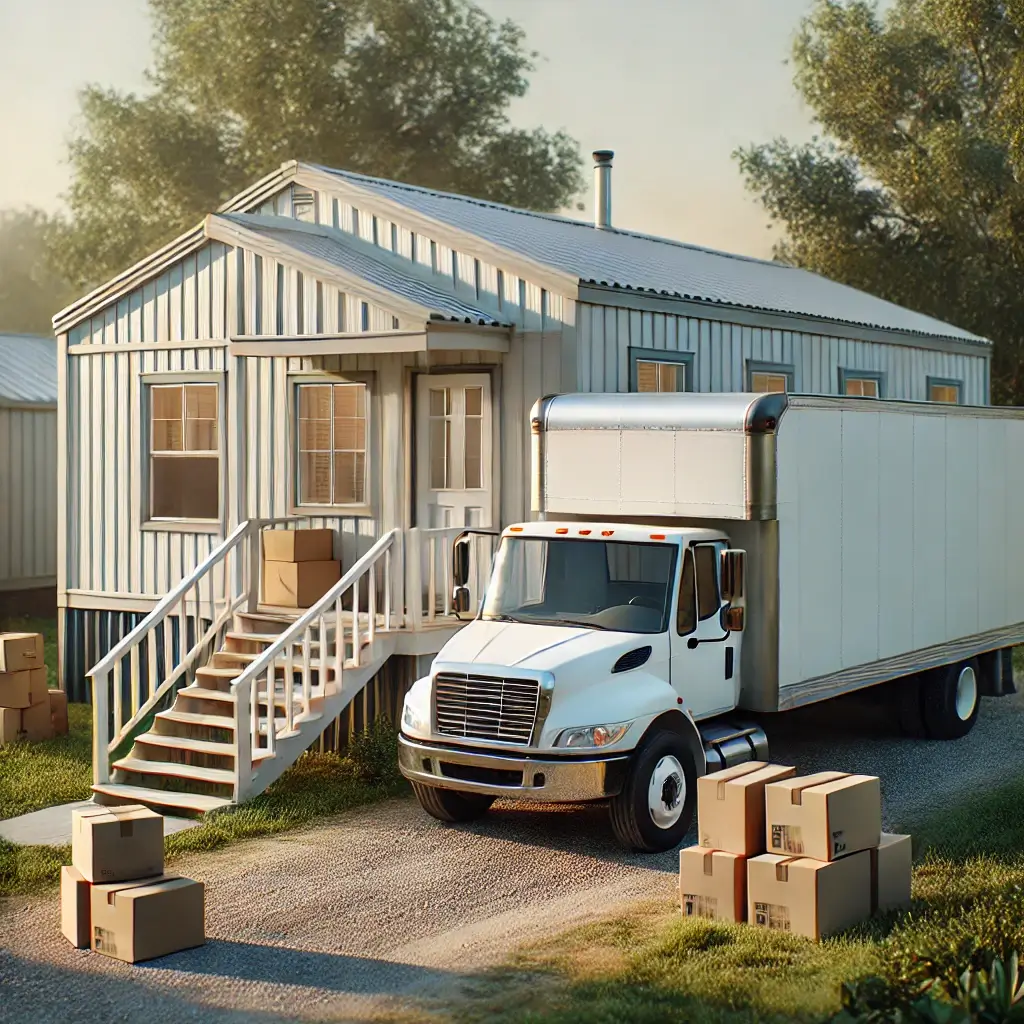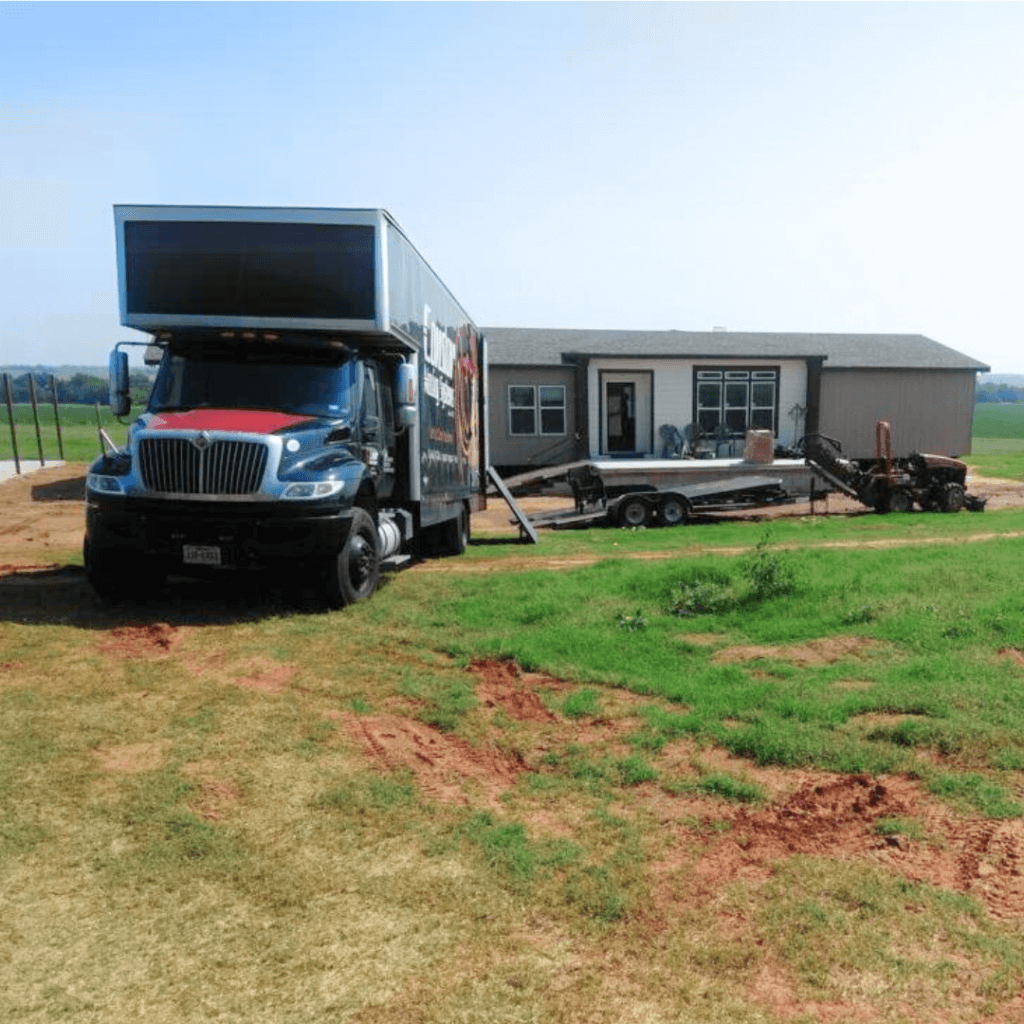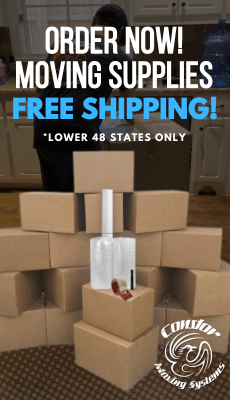There are so many great reasons to move into a mobile home. With the rising cost of traditional homes, many people are opting for the affordability and convenience that mobile homes offer. Don’t let the stereotypes fool you—mobile homes can be transformed into beautiful, cozy spaces that are perfect for individuals and families alike. The flexibility of mobile homes allows for creative customization and an opportunity to truly make the space your own. Whether you’re drawn to the financial benefits, the flexibility to move, or the charm of a simpler lifestyle, a mobile home can be a wonderful place to call home. To help make your transition as smooth as possible, we’ve gathered some essential tips for moving into a mobile home with ease and efficiency.

1. Measure Doorways and Entry Points for Easy Furniture Setup
Before moving your furniture into a mobile home, take time to measure doorways, hallways, and entry points. Mobile homes often have narrower doorways than traditional houses, so it’s important to know in advance which pieces of furniture will fit easily and which may need to be disassembled. This preparation will save you time and frustration on moving day, ensuring a smoother setup process in your new space.
2. Use Lightweight Furniture to Maximize Space and Mobility
When furnishing a mobile home, prioritize lightweight furniture to make the most of the available space. Heavy or bulky items can be challenging to move and may not be suitable for the structure of a mobile home. Opt for modular, foldable, or multi-purpose pieces that are easier to arrange and can help maximize both space and comfort in your new home.
3. Plan for Limited Storage and Organize Essentials First
Mobile homes typically have less storage space than traditional homes, so it’s essential to prioritize and organize your essentials. Start by sorting through your belongings and deciding what’s most important for daily use. Consider investing in storage solutions like under-bed bins, wall-mounted shelves, and multi-functional furniture to make the most of your space. By organizing essentials first, you’ll have a more functional, clutter-free living area from day one.
4. Consider Portable or Modular Furniture for Flexibility
Portable and modular furniture can be a great asset in a mobile home, offering flexibility and ease of movement. Pieces that can be folded, stacked, or rearranged allow you to adapt the space to your needs, whether you’re hosting guests or simply reorganizing. Modular furniture helps maximize space while adding versatility, making it easier to create a functional and comfortable home environment.

5. Hire Movers Experienced in Mobile Home Moves
When moving into a mobile home, it’s helpful to hire movers who understand the unique challenges of mobile home setups. These movers will be familiar with the specific requirements, like navigating narrow spaces and handling lightweight structures with care. Hiring professionals with this expertise can make the moving process smoother and prevent potential damage to your home or belongings.
6. Create a Floor Plan Ahead of Time to Optimize Space
Before moving your furniture in, take some time to create a floor plan for your mobile home. Planning out where each item will go can help you make the best use of the limited space and ensure that everything fits comfortably. A floor plan will also save you time on moving day, as you’ll know exactly where each piece of furniture should go, making the setup process faster and more efficient.
7. Unpack Essentials First to Make the Space Functional Quickly
Start by unpacking essential items, such as kitchen supplies, bedding, and bathroom necessities, to make your mobile home functional as soon as possible. Focusing on essentials first will allow you to settle in more comfortably while you organize the rest of your belongings at your own pace. This approach helps reduce stress and ensures that you have everything you need for daily life right from the start.
8. Prioritize Setting Up Utilities and Connecting Water and Electricity
Before fully settling in, make sure all essential utilities—such as water, electricity, and heating—are properly connected and functional. Since mobile homes may have different utility setups compared to traditional homes, it’s crucial to double-check everything is working smoothly. Setting up utilities first ensures you have a comfortable, livable space from day one and helps avoid any inconvenient surprises after move-in.
9. Be Prepared for Lower Weight Limits When Moving Heavy Items
Mobile homes typically have different weight-bearing capacities than traditional homes, so keep this in mind when bringing in heavier furniture or appliances. Avoid placing too much weight in one area, as this can strain the structure. Distributing heavier items evenly or opting for lighter alternatives can help prevent any damage and ensure the longevity of your mobile home.
10. Check for Leveling and Stability Before Fully Settling In
Mobile homes must be properly leveled to avoid issues like door misalignment, floor creaking, or uneven wear on the structure. Before fully settling in, make sure your mobile home is level and stable. If you’re unsure, consider hiring a professional to check or adjust the leveling. Ensuring stability will help you avoid future problems and create a safer, more comfortable living environment.

Moving into a mobile home offers a unique and rewarding lifestyle, combining affordability with flexibility. By planning ahead and following these essential tips, you can ensure a smooth transition and make the most of your new space. From preparing for different weight limits to hiring movers experienced with mobile homes, each step will help create a safe, comfortable, and functional home. With thoughtful preparation, you’ll be ready to fully enjoy all the benefits that come with mobile home living. If you’re looking for movers to assist you on your move, we encourage you to contact Condor Moving Systems for a free moving quote.


